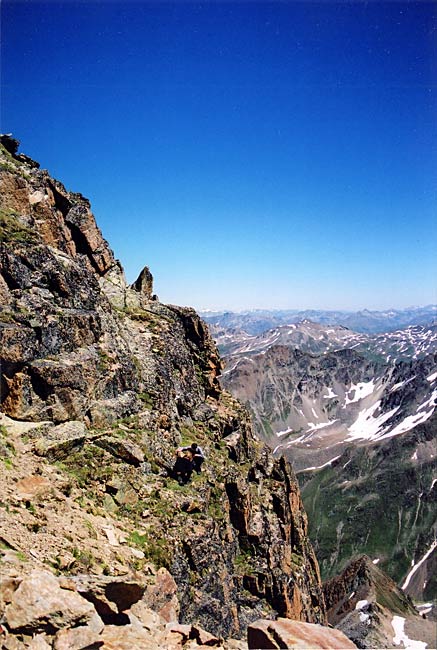Alps Grow and Shrink at Same Time

The European Alps are both growing and shrinking, with two dynamic processes acting against each other for a net effect of ... nothing.
The Alps were formed from the collision of the African and European tectonic plates, which began about 55 million years ago.
While the Alps are now thought to be "dead" in a tectonic sense, they continue to rise. Swiss scientists have measured rising at the Alp summits of up to 1 millimeter (0.04 inches) a year, as compared to lower ground.
This rise is attributed to the melting of Alpine glaciers. The process is something like a melting iceberg (or icecube): when part of the exposed ice melts away, some of the ice below the water's surface will bounce up, said Friedhelm von Blanckenburg of the GFZ German Research Centre for Geosciences. For a mountain, when the weight of the glacier bearing down on the Earth is gone, the mountain can rise up in response. But this slow yearly rise puzzlingly hadn't seem to add any height to the mountain range over the millennia.
Blanckenburg and his colleagues were able to calculate that the mountain height hadn't increased because they were eroding — by the action of glaciers and rivers — at about the same rate that they were rising.
To calculate the erosion rate, "we use the rare isotope Beryllium-10, which develops in the land surface via cosmic radiation. The quicker a surface erodes, the fewer isotopes of this type are present therein," Blanckenburg explained.
The team's findings are detailed in the journal Tectonophysics.
Sign up for the Live Science daily newsletter now
Get the world’s most fascinating discoveries delivered straight to your inbox.

Andrea Thompson is an associate editor at Scientific American, where she covers sustainability, energy and the environment. Prior to that, she was a senior writer covering climate science at Climate Central and a reporter and editor at Live Science, where she primarily covered Earth science and the environment. She holds a graduate degree in science health and environmental reporting from New York University, as well as a bachelor of science and and masters of science in atmospheric chemistry from the Georgia Institute of Technology.









